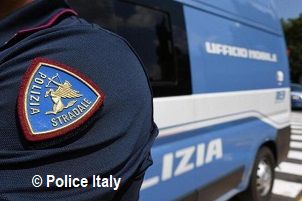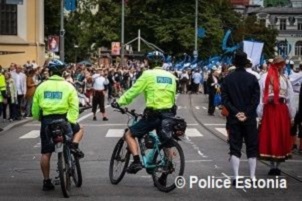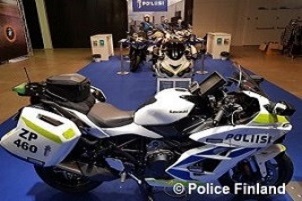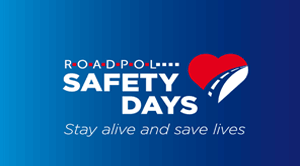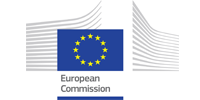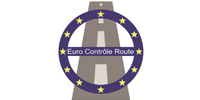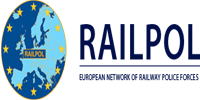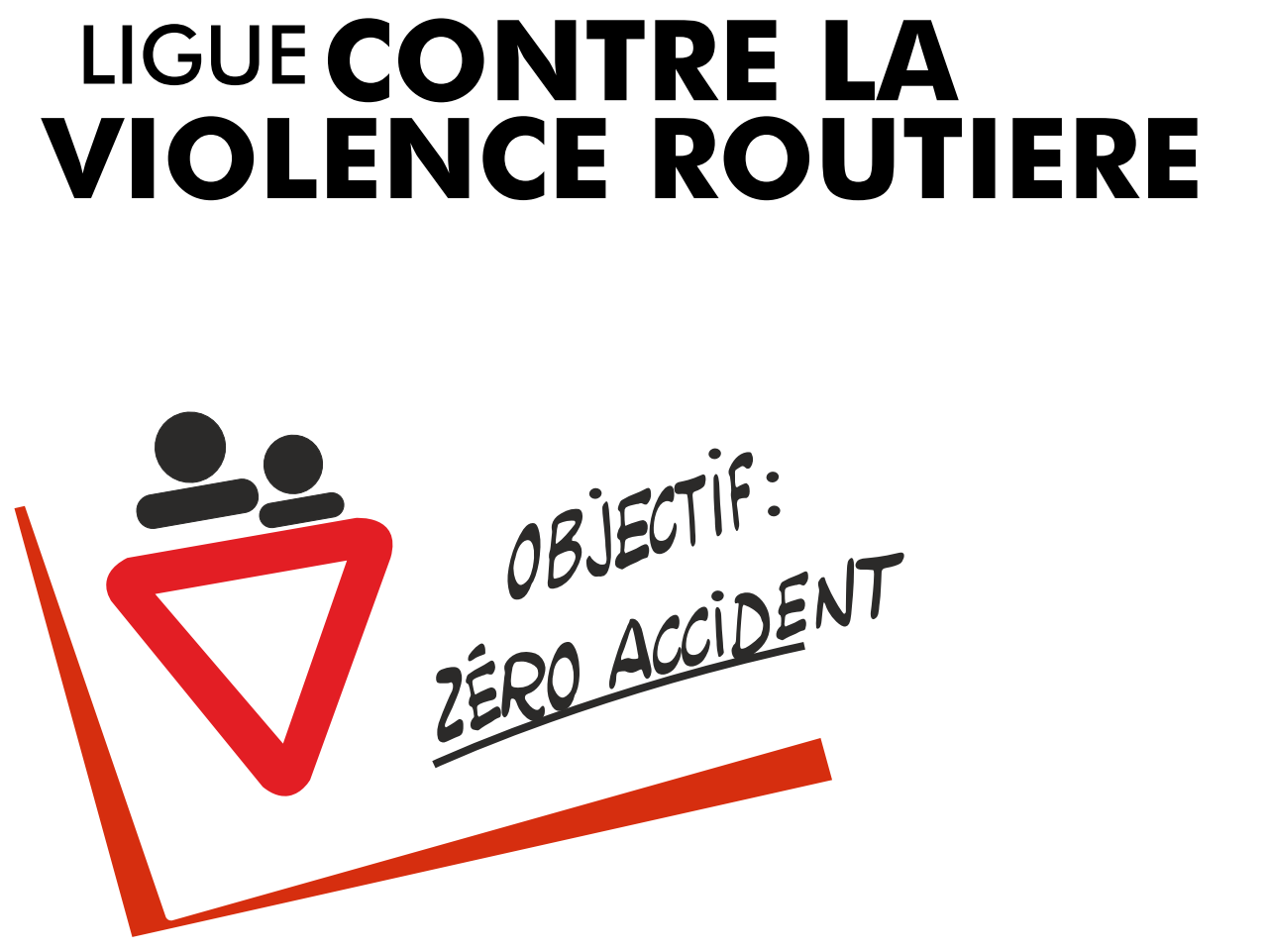More Than 100.000 Offenders
Caught At Speed Marathon
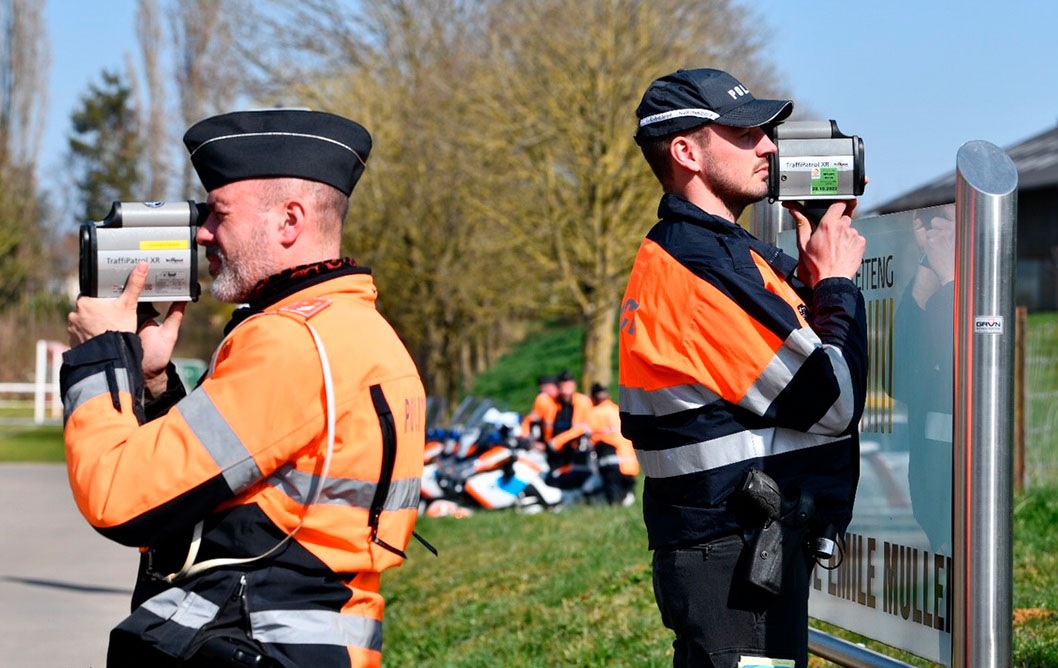 19 countries took part in the operation. PHOTO: POLICE.PUBLIC.LU9 APR - More than 100 000 offenders were caught during ROADPOL's unique 24-hour Speed Marathon operation throughout Europe.
19 countries took part in the operation. PHOTO: POLICE.PUBLIC.LU9 APR - More than 100 000 offenders were caught during ROADPOL's unique 24-hour Speed Marathon operation throughout Europe.
The enforcement action was held on March 24th as part of ROADPOL Operation Speed, which was conducted in the week of 21-27 March in all 29 of the European Roads Policing Network's member countries.
Participants
This year 19 countries took part in the Speed Marathon with several others not being able to join due to specific circumstances that affected the conduct of the operation. In Spain there was a strike of the freight sector on the day of the operation. In the Netherlands the operation coincided with a Police campaign for a better collective labour agreement, which resulted in fines being imposed only for excessive violations. In Poland the operation was canceled due to the overwhelming influx of refugees from Ukraine, which demanded the full attention of the Police.
Results
During the operation more than 14.900 police officers checked over 3.100.000 drivers for their speed at no less than 10.500 checkpoints. They found 104.315 violations with 27.963 drivers pulled over to be fined. Other 76.352 drivers received a fine by mail, because the violations were discovered by technical means. The driving license of numerous offenders were confiscated because of the excessive speed.
Records
Among the most brutal examples of excessive speed were the instances in Germany where a driver was stopped doing 90 km/h in an inner city area with a 50 km/h speed limit. Another offender was caught at 189 km/h in a 100 km/h limited stretch. The “record holder” in Germany was a driver spurring at 190 km/h on a provincial road in Bavaria with an 80 km/h speed limit. The driver received a fine of €1.400, 2 points on his license and a 3-month driving ban. In the Netherlands 19 drivers licenses were seized for excessive speeding. The public prosecutor is expected to determine the amount of the final punishment.
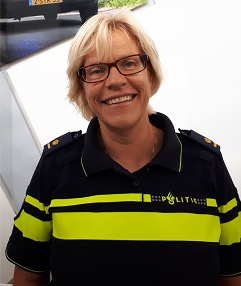 Marijke EskesAnalysis
Marijke EskesAnalysis
Compared to the previous year (2021) the average violation rate decreased from 6,8% to 3,4%. "A possible explanation is the increased congestion on the roads due to the lifting of many covid-19 measures in most countries", says Marijke Eskes, head of police unit traffic enforcement team in the Netherlands and Chair of ROADPOL’s Operational Working Group. “Speed in itself is not dangerous. Speeding is. In combination with other risk factors, such as mixed traffic (passenger cars, trucks, motorcycles and buses on the highway; freight traffic, passenger cars and agricultural traffic on provincial roads; motorized traffic, cyclists and pedestrians in the villages and cities), exits and crosswalks, trees and signs and other fixed objects along the road, street furniture on and in the roadway (traffic islands, traffic guides) the risks are great”, Eskes explains. “Drivers should realize that the number on the sign is not a speed goal, but a speed limit. And also that the Police are not out to collect the fines. The fine is not the goal, but a means of making drivers aware of their dangerous behaviour”, Eskes concludes.
Statistics
Speeding is the main cause of about 25.000 fatal accidents in Europe. The latest ETSC PIN flash report of March 2022 says that “Speeding remains a problem on the roads. Exceeding the speed limit is by far the most recorded road traffic offence.” And also: “Speed has a direct influence on collision occurrence and the severity of a collision. The number of collisions and the severity of those collisions increase exponentially as driving speeds increase. Likewise, reducing speeds by only a few km/h can significantly reduce the number and severity of collisions. ETSC estimated that 2,100 lives could be saved each year if the average speed dropped by only 1 km/h on all roads across the EU.”


